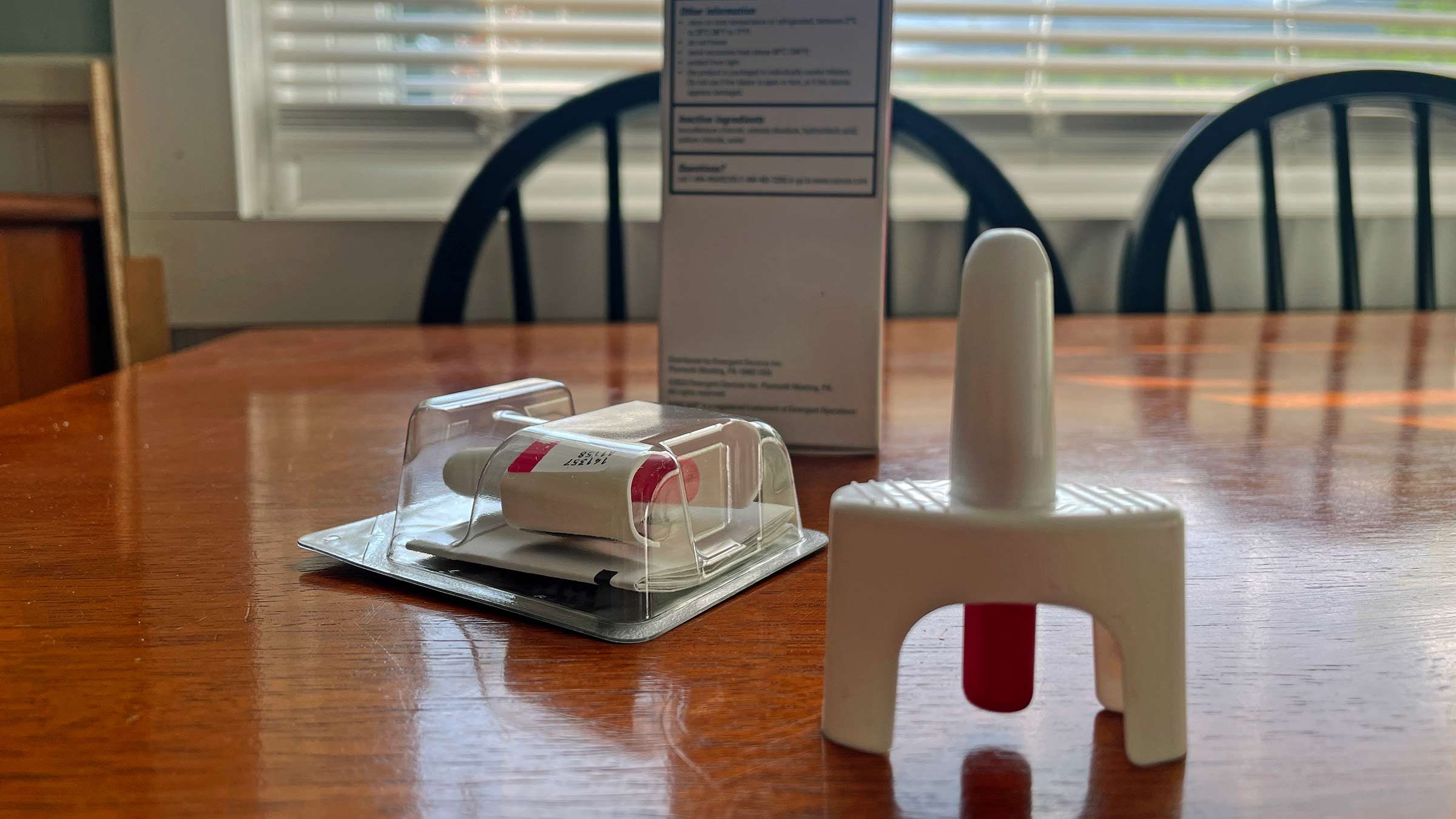Do you know how to help someone experiencing overdose? Most Americans say they don’t

Drug overdose is the leading cause of accidental death in the United States, according to the National Center for Health Statistics, but a new survey found that more than 75% of Americans say they wouldn’t be able to help if someone were experiencing an overdose.
“While I’m not surprised about this result, I am deeply concerned,” says Trent Hall, DO, an addiction medicine physician at The Ohio State University Wexner Medical Center.
“We know that the more of us who are prepared to save a life, the more lives we can save.”
How you can help in an overdose situation
There are two FDA-approved medications that can help treat an overdose caused by opioids, such as fentanyl, which account for the majority of overdose deaths.
These drugs, naloxone (brand name Narcan) and nalmefene hydrochloride (Opvee), are simple-to-use nasal sprays.
Opvee is relatively new, having been approved by the FDA in 2023.
Naloxone is available over-the-counter (without a prescription), and many community programs like Ohio’s Project DAWN provide naloxone for free.
It might be uncomfortable or nerve-wracking to think about using naloxone to save a life, Dr. Hall says.
“But there’s nothing more terrifying than being in the moment, seeing someone who’s having an overdose, and being powerless to help. Carrying naloxone empowers you to save a life in your community.”
How to use naloxone
- Check the person — yell "wake up" and gently shake them.
- If they don't respond or aren’t breathing, prepare give the first dose of Narcan.
- Hold the nasal spray with your thumb on the bottom of the plunger, then insert the tip of the spray in the nostril and press the plunger.
- Call 911 immediately after giving the first dose.
- Watch the person and give a dose of Narcan every two to three minutes until the person wakes up, if you have more sprays.
- Stay with the person until the ambulance arrives
“The availability to purchase naloxone without a prescription is helping to put this lifesaving medication in the right hands at the right moments,” Dr. Hall says. “Increasing awareness and training opportunities gives more people the confidence to step in and save a life.”
Where overdoses happen
Drug overdoses happen all over the United States and in all types of communities. Ohio is one of the top 10 states for overdose deaths, according to the CDC’s most recent data, with 45.6 deaths per 100,000 people in 2022.
Overdose deaths have increased fourfold in the past 20 years, Dr. Hall says.
How the survey was conducted
This study was conducted by SSRS on behalf of The Ohio State University Wexner Medical Center, using the SSRS Panel Omnibus platform, a national, twice-a-month, probability-based survey. Data was collected online and via telephone over a three-day period in April among a sample of 1,005 respondents. It was administered in English. The data are weighted to represent U.S. adults 18 and older. The margin of error in the study is +/- 3.4 percentage for total respondents at the 95% confidence level.






